How Long Coronavirus Lives On Clothes, And How To Wash Them
As we grow more and more aware of precautions we should take in light of the coronavirus pandemic, we’re bombarded with questions on how we should wash and disinfect household items, including clothing.
Social media is saturated with a lot of misleading information at the moment, so we asked a handful of experts (doctors and epidemiologists included) to answer all your questions concerning clothing and the coronavirus. Keep in mind, specific research has yet to be done on how this new coronavirus interacts with clothes. But whether you’re wondering about hand-washing, how to approach the laundromat or what temperature you should really be washing your clothes at, we’ve got some guidance.
How long can the coronavirus live on clothing?
According to the Centers for Disease Control and Prevention, the coronavirus is usually transmitted through respiratory droplets (from an infected person sneezing or coughing) rather than through fomites, objects and materials that when contaminated can transfer disease. However, the CDC notes that evidence suggests that the novel coronavirus may remain viable for hours to days on surfaces made from a variety of materials, which includes clothing.
Articles of clothing, according to public health specialist Carol Winner, can hold respiratory droplets, as we use them every single day. These particles can dry out over time and inactivate the virus. But this doesn’t mean that it will happen quickly, and she said scientists are still learning more and more about this virus each day.
“We know that the droplet can dry out under some conditions, which may be faster with natural fibers,” Winner told HuffPost. “We’re hearing that heat and humidity can affect viral survival on surfaces, but remember, it’s 80 degrees (Fahrenheit) in Australia, and Tom Hanks still got it.”
Are certain types of fabrics more susceptible to the virus than others?
Robert Amler, dean of the School of Health Sciences and Practice at New York Medical College and a former CDC chief medical officer, told HuffPost that the duration of the virus depends on the fabric, as some materials are more porous than others.
“Some researchers believe the fibers in porous material catch the virus particles, dry them out and break them apart,” Amler said. “Smooth surfaces like leather and vinyl can be wiped clean.”
Family and emergency Dr. Janette Nesheiwat suggested that polyester, spandex-like material may retain germs longer than breathable cotton-based fabrics, making it important to wash leggings, underwear and dresses carefully (more on how to do that later!).

“Polyester spandex-like material may retain germs longer than cotton-based fabrics, but all types of fabrics can be contaminated,” Nesheiwat said.
As information and research pertaining to COVID-19, the disease caused by the coronavirus, continues to evolve, Winner stressed that so far studies focused on it tells us about the virus’ ability to remain on surfaces such as cardboard, steel, copper and plastic-door knobs and high-traffic areas.
“The National Institute of Allergy and Infectious Disease has told us that some viruses can remain active after two or three days on plastic and stainless steel, 24 hours on cardboard and four hours on copper,” she said. Be aware that some of your buttons, zippers and other clothing hardware could be made of those materials.
Is it safe to go to the laundromat right now?
For individuals who don’t have access to a laundry machine and dryer in their home or apartment, laundromats are a crucial way to clean clothes.
And while current CDC guidelines encourage social distancing (personal distancing of six feet) to prevent COVID-19 from spreading, Winner said laundromats are generally safe to go to ― if the right precautions are taken, of course.
These typically include protective measures such as wearing gloves, washing your hands, not touching your face and disinfecting all surfaces of the machines you use.
“The only way the viral particles become active is to get into your mouth, nose and eyes, so if you wear gloves, don’t touch your face and remove them properly following CDC’s guidelines, you should be fine,” she explained.
However, if you do not have access to gloves, she added that sanitizing your hands while at, and before leaving, the laundromat, can help. Additionally, you’ll also want to wash your hands for up to 20 to 30 seconds once arriving at home.
If you’re concerned about whether your clothes will come out of a shared laundry machine safely, Dr. Georgine Nanos said not to worry.
“Yes, it is safe to use [a shared laundry machine] right now because the virus is killed by washing your clothes over 80 degrees Fahrenheit, from what we currently understand,” she said. “The more challenging issue is going to be the social distancing and contact with potentially contaminated surfaces and people in the laundromat. Not the laundry itself.”
What temperature should I wash my clothes at?
When it comes time to wash clothes, Winner said there are specific guidelines you’ll want to follow in order to help kill the virus. This includes using the hot water setting on your washing machine and giving your clothes some extra time and heat in the dyer.
“Whenever possible, use the hot water setting, as it helps to kill the virus,” she said. “Extra heat, and time in the dryer, do make sense, as the droplets should dry out, which would likely inactivate the virus.”
However, while Nanos agreed about washing clothes in hot water, she warned against boiling them in high temperatures.
“If you can wash your clothes in the hottest water possible recommended for that material, that would be ideal,” Nanos said. “However, please don’t ruin all your clothes by boiling everything, as that will add more stress and anxiety that none of us need right now.”
What kind of detergent should I use?
Rodney E. Rohde, chair and professor of the Clinical Laboratory Science Program at Texas State University, reiterated the importance of washing clothes in warm or hot water, but also advised paying attention to the detergent you are using.
“I would recommend that you wash clothes in detergents that contain a bleach compound,” Rohde told HuffPost. “Viruses do not do well at all in this type of harsh environment.”
The American Chemistry Council has compiled a list of products (detergents included) to use against emerging enveloped viral pathogens and COVID-19.
If you don’t have access to a machine, is hand-washing effective?
If you don’t have access to laundry facilities, Nanos said that “you can hand wash your clothes at home as long as you can get the temperature above 80 degrees Fahrenheit.” She added that it remains “easier and faster if you can wash your clothes in a regular washing machine, which is still totally safe and will kill the virus even if you were washing your clothes with sick people‘s clothes.”
How often should you wash your clothing?
While some people may wait to do their laundry until they’re faced with big piles of it, Winner recommended regularly washing your clothes, especially if you are still required to report to work or have been in crowded areas.
“It’s best, as always, to regularly wash your clothes,” she said. “If you have been in a crowded area, you might want to remove your clothing when you come into the house and put it in the laundry container or washer to be prudent.”
This also extends to outwear; Nanos suggested it’s wise to wash coats often.
“You should wash your coat if you are using your elbows or your sleeves to touch frequently used items and potentially contaminated surfaces such as elevator buttons, handrails and door handles,” she said.
“Do not treat your clothing with Lysol,” Nesheiwat said. “However, there are anti-germal clothing sprays that can be used.”
Should I remove my clothing when returning home from work each day?
Since the goal is block exposure to the coronavirus, Amler advised changing your clothes if you are still reporting to work daily or are commuting in large crowd environments.
“You should change your clothes and wash them any time others have touched them or you have been in large group gatherings,” he said.
However, this doesn’t mean you have to change in the garage to avoid contact with clean clothing, according to Nanos; she advised getting in the habit in keeping these clothes stored in a separate bag.
“Being in health care for most of my life, I’ve always done this anyway, as I am exposed to more infectious diseases than most people,” she said. “So I agree it’s good practice ― maybe not necessarily stripping down in the garage, but at least getting in the habit of putting on other clothes and shoes once getting home.”
Should a sick person wash their clothing separately?
This question has probably crossed everyone’s mind, especially in households with more than two people.
“It’s best to wash a sick person’s clothing separately always,” Nesheiwat said. “Clothing can carry staph, E.coli, flu, etc.”
Keep up with the latest updates on the coronavirus at our live blog.
Related...
Medical Experts Share The Best Lotions For Dry, Excessively Washed Hands
Jewelry And Coronavirus: What To Know About Washing And Safety
Is It Safe To Go To The Grocery Store During The Coronavirus Outbreak?
Also on HuffPost
Barr-Co. Fine Shea Butter Lotion
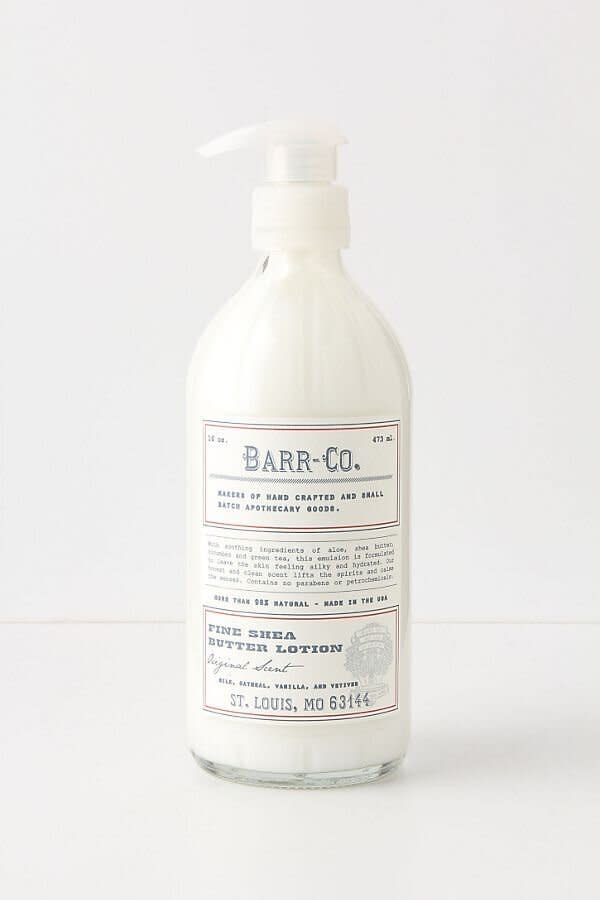
Find Barr-Co. Fine Shea Butter Lotion for $24 at Anthropologie.
Darphin All-Day Hydrating Hand & Nail Cream
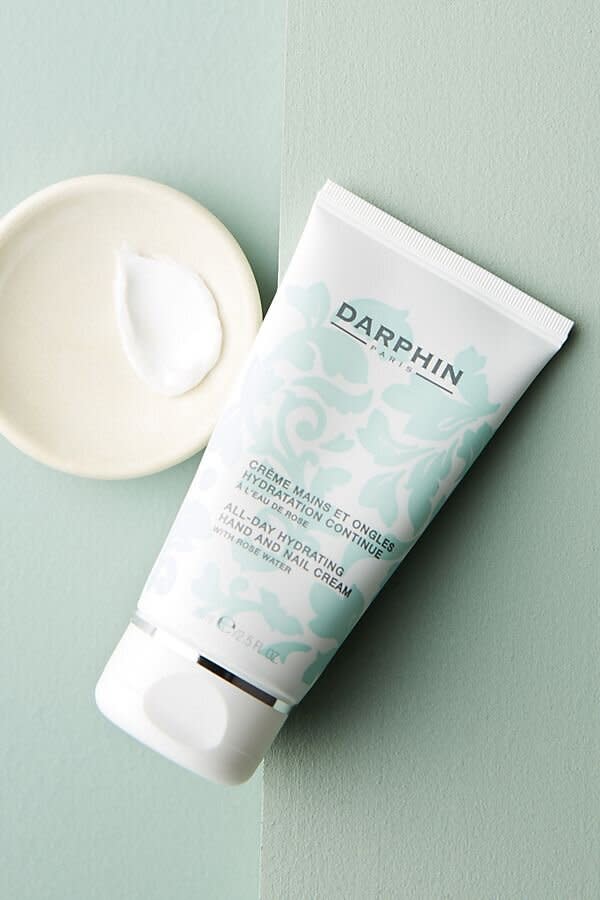
Find Darphin All-Day Hydrating Hand & Nail Cream for $23 at Anthropologie
Weleda Skin Food
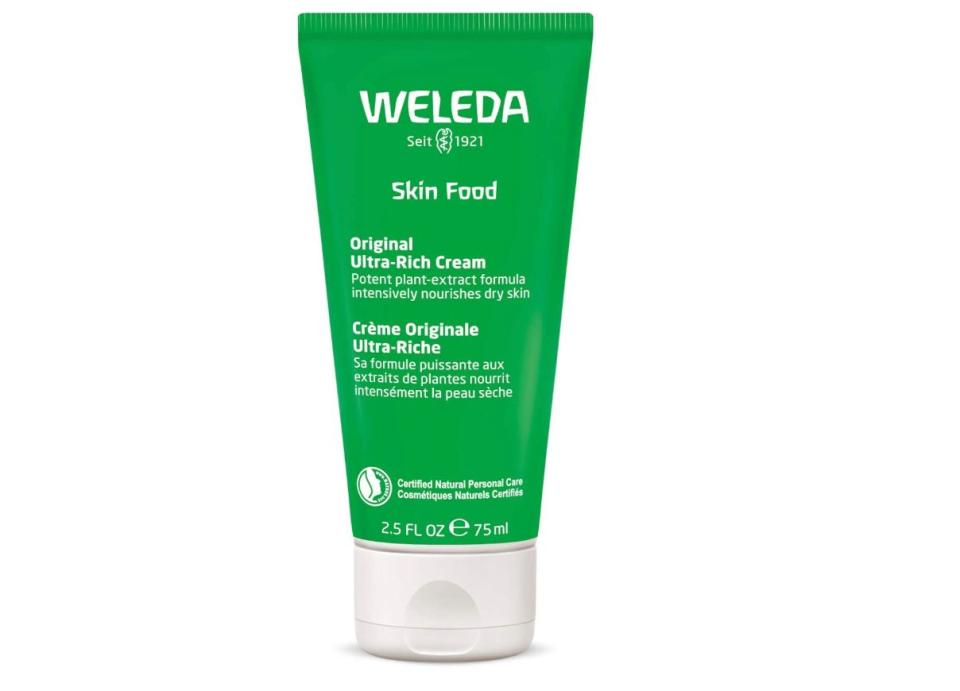
Find Weleda Skin Food for $13 on Amazon
Burt's Bees Almond and Milk Hand Cream
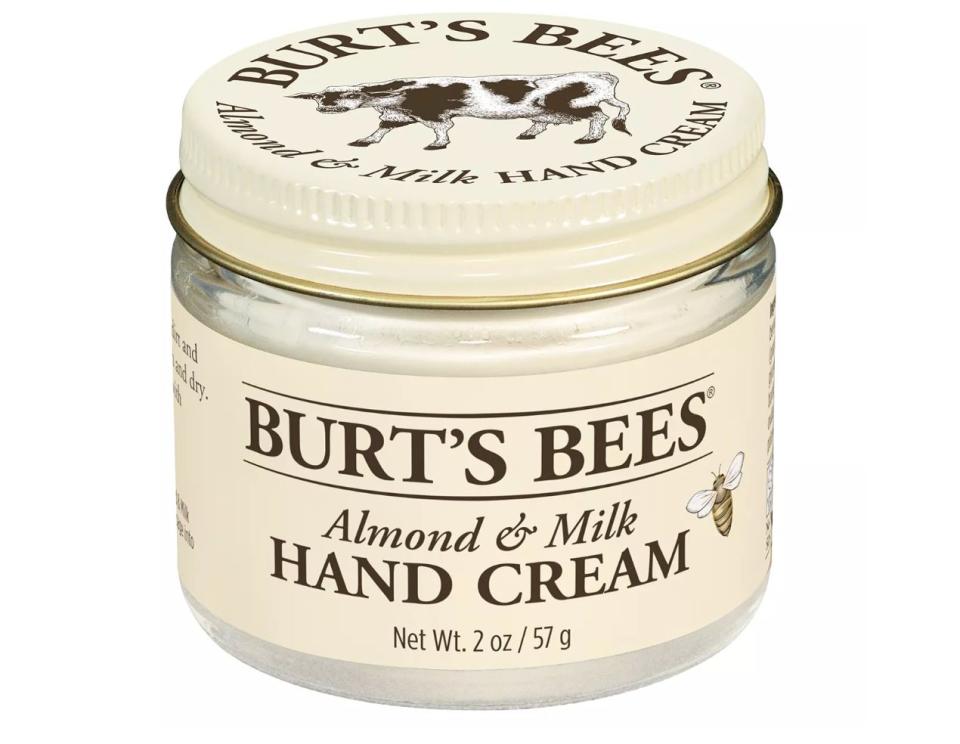
Find Burt's Bees Almond and Milk Hand Cream for $9 at Target
SKINFIX Eczema+ Hand Repair Cream
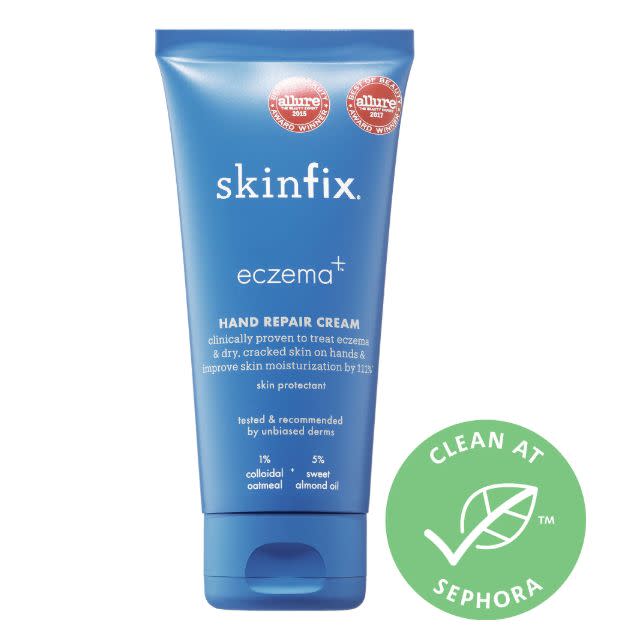
Find SKINFIX Eczema+ Hand Repair Cream for $18 at Sephora.
Miracle Hand Repair Cream
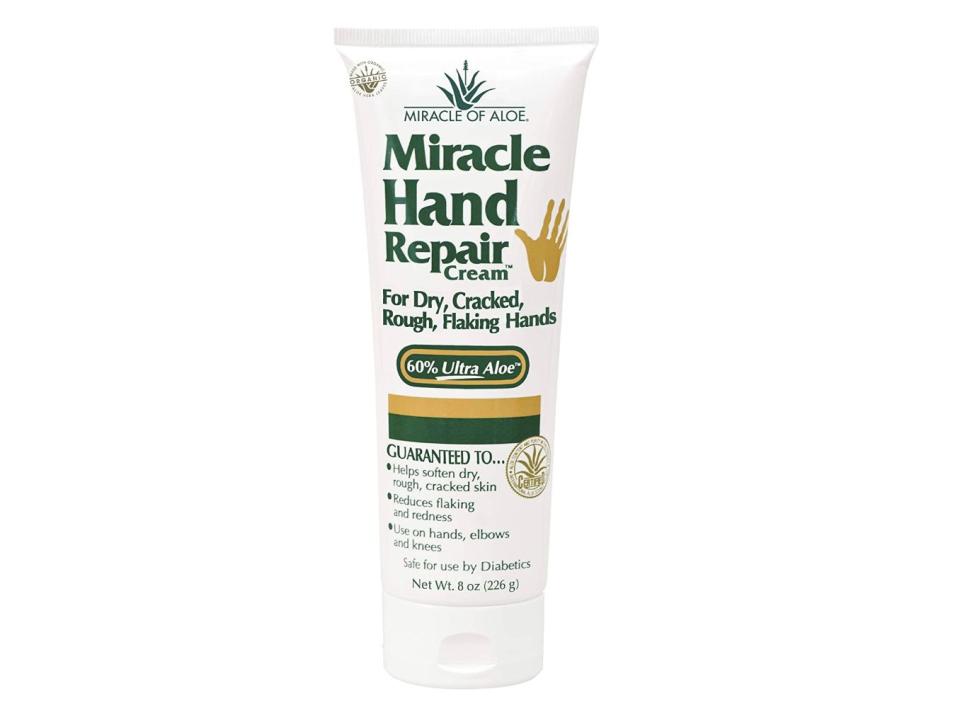
Find Miracle Hand Repair Cream for $10 on Amazon
Vaseline And Overnight Gloves
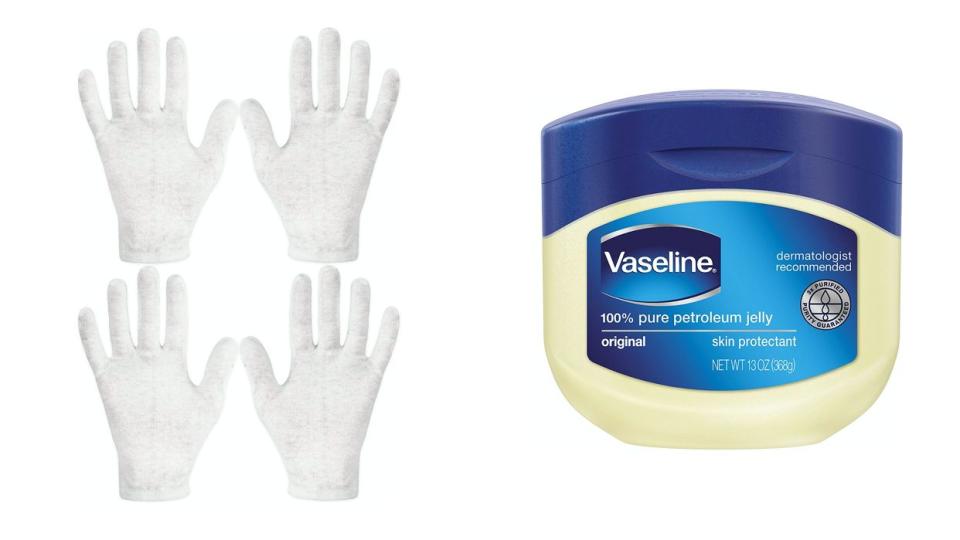
Find these Cotton Gloves ($7) and Vaseline ($15) on Amazon
Love HuffPost? Become a founding member of HuffPost Plus today.
This article originally appeared on HuffPost.

